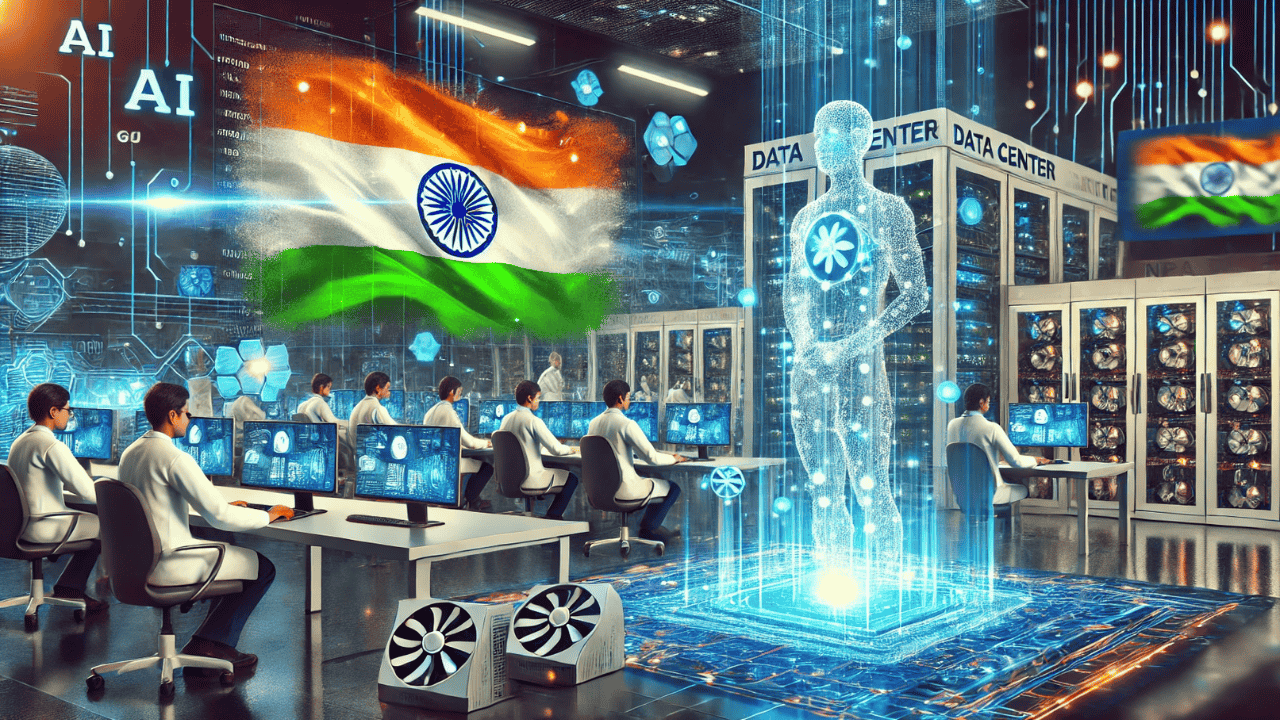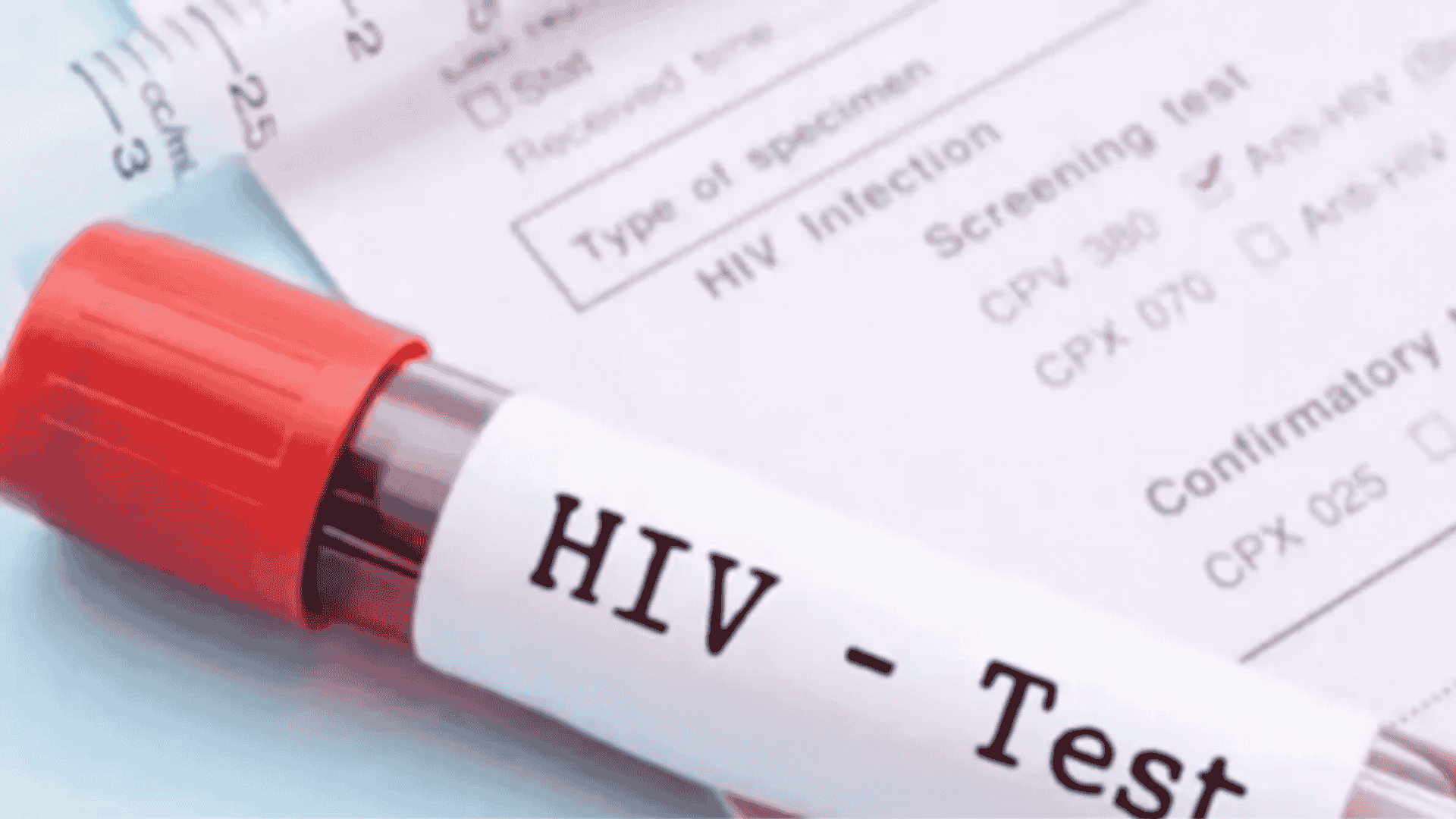Introduction
The rise of Artificial Intelligence (AI) has transformed industries worldwide, with firms rushing to develop cutting-edge AI solutions. In India, this momentum has been fueled by the IndiaAI Mission, a government-led initiative aimed at fostering indigenous AI development. A crucial part of this initiative is AI Kosha, a national dataset platform, and the Common Compute Facility, which provides Graphics Processing Units (GPUs) to startups and researchers.
What is the IndiaAI Mission?
The IndiaAI Mission was originally launched as a joint initiative between the Ministry of Electronics and Information Technology (MeitY) and Nasscom in 2023. It has since evolved into a government-led project with an outlay of ₹10,371.92 crore, emphasizing the motto "Making AI in India and Making AI Work for India."
Objectives of AI Kosha
AI Kosha is the IndiaAI Datasets Platform, designed to address a key challenge: the lack of India-specific datasets. Many AI models are trained on Western datasets, making them less effective for Indian users. AI Kosha provides a repository of non-personal data gathered from various ministries and departments, ensuring the development of AI models that are relevant and accurate for India's diverse linguistic and cultural landscape.
Common Compute Facility: Empowering Startups with GPUs
One of the biggest hurdles in AI development is access to high-performance computing resources, especially GPUs. AI models, especially Generative AI, require significant computational power for training and inference. However, GPUs are expensive, and acquiring them in bulk is often beyond the reach of startups.
To tackle this challenge, the IndiaAI Mission has established the Common Compute Facility, providing a shared pool of GPUs for startups and researchers.
Benefits of the Common Compute Facility:
Cost Reduction: Startups can access high-end GPUs without incurring prohibitive costs.
Accelerated Innovation: Researchers and developers can train AI models more efficiently.
Scalability: Startups can scale their AI solutions without heavy infrastructure investment.
As per IT Minister Ashwini Vaishnaw, 14,000 GPUs have already been acquired and commissioned, with more expected to be added on a quarterly basis.
Roadmap: What’s Next for India’s AI Ecosystem?
The IndiaAI Mission has outlined a multi-faceted roadmap that includes:
Expanding the AI Kosha database with more India-specific datasets.
Increasing GPU availability to support more AI startups.
Launching the AI Safety Institute of India, ensuring AI ethics and risk mitigation.
Developing domain-specific foundation models through the IndiaAI Innovation Centre.
Establishing AI labs in Tier-2 and Tier-3 cities under the Futureskills initiative.
Funding AI startups to boost AI-driven entrepreneurship.
Why Are Translation Models Important?
One of the most significant barriers to AI adoption in India is the language divide. AI models predominantly function in English, leaving out millions of regional language speakers. AI Kosha is working on translation models for multiple Indian languages, ensuring AI tools are linguistically inclusive. This step is critical for making AI-powered solutions truly accessible and useful for India’s diverse population.
Conclusion
With initiatives like AI Kosha and the Common Compute Facility, India is laying the groundwork for a self-reliant AI ecosystem. By providing essential computing resources, fostering innovation, and ensuring linguistic inclusivity, the IndiaAI Mission is set to position India as a global AI powerhouse.
For further updates on AI advancements in India, visit IndiaAI Mission and explore how AI is shaping the future of technology in India.
By Team Atharva Examwise #atharvaexamwise








